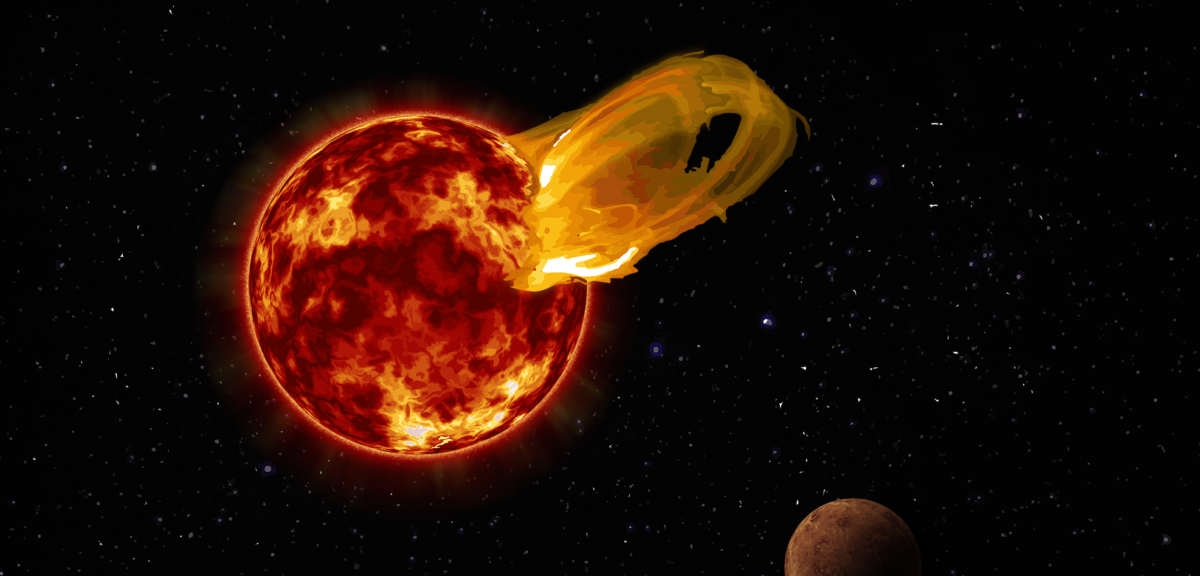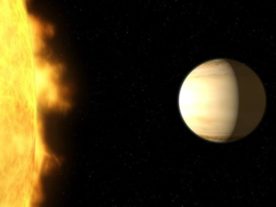Those looking for the possible habitability of Proxima Centauri b, the closest exoplanet to Earth, may have their hopes dashed by new findings of the exoplanet’s parent star.
When Proxima Centauri b, a mere 4.24 light years from Earth, was discovered in 2016, scientists found the planet was located within the habitable zone of its star. That’s the so-called “Goldilocks zone,” where orbiting planets similar to the Earth could support liquid water and possibly sustain life.
But in March of 2017, researchers led by scientists at the Carnegie Institution for Science detected a massive stellar flare, an explosion of high energy radiation, blasting from the exoplanet’s red dwarf star, Proxima Centauri.
The researchers found that the monster solar flare, at its peak, was 10 times brighter than our Sun’s largest flares.
If life ever did exist on Proxima b, this huge flare may have been strong enough to wipe it out.
























Comments are closed.